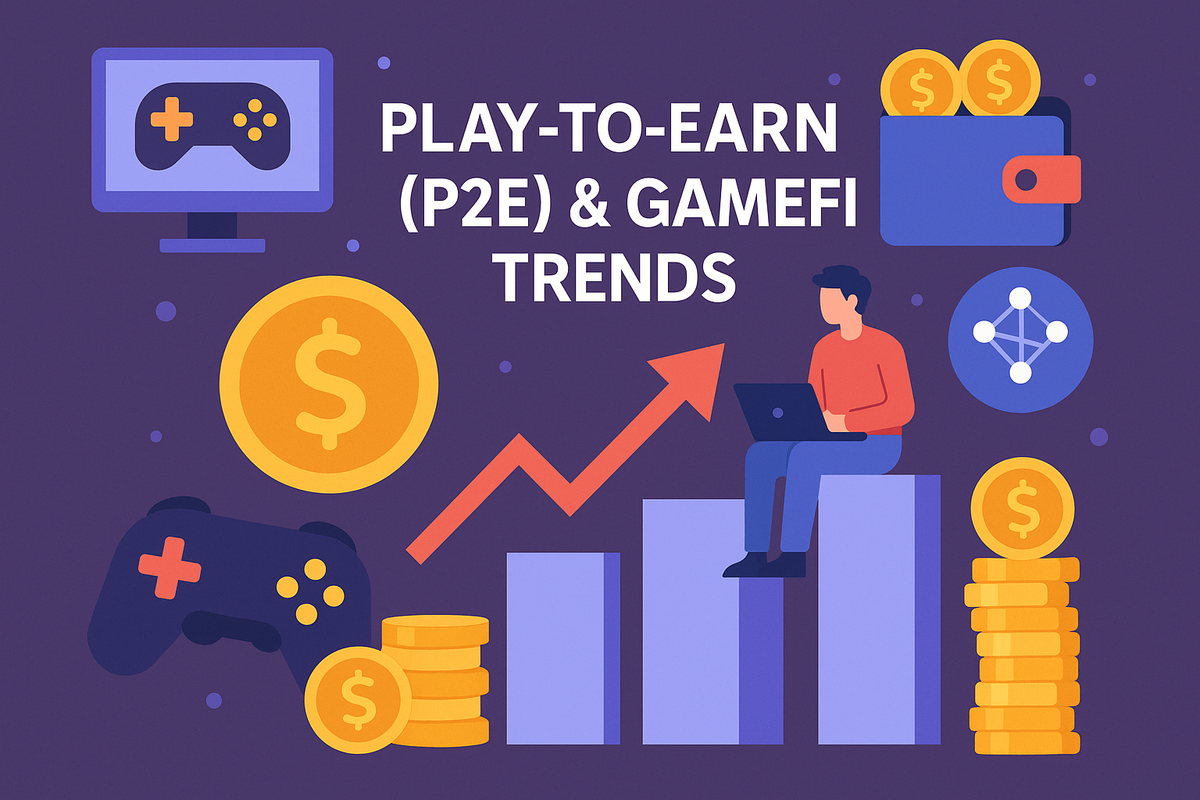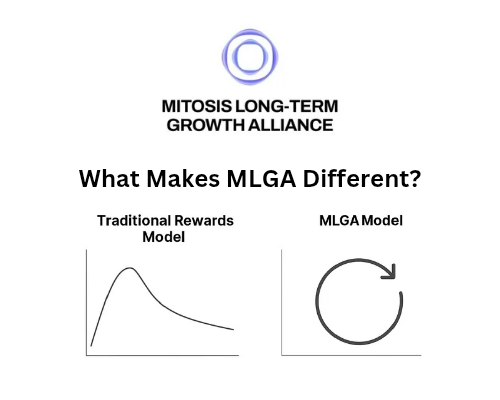Play-to-Earn (P2E) & GameFi Trends

Want to earn real money while playing games(NFA)? That’s the promise of GameFi — where gaming meets crypto.
Let’s break it down
What is Play-to-Earn (P2E)?
Play-to-Earn (P2E) is a type of video game that lets players earn real-world value while playing. Instead of just grinding for fun, you're rewarded with cryptocurrencies or NFTs that can be traded for real money.
How it works:
- You play the game and complete tasks (battles, quests, missions, etc.).
- In return, you earn tokens or items (often NFTs).
- You can sell those tokens on exchanges or trade NFTs in marketplaces.
- Some games even let you rent out your in-game assets to other players for passive income.
Example:
In Axie Infinity, you breed, battle, and trade digital pets called Axies. Winning battles earns you SLP tokens, which you can exchange for real money.
Pros:
✅ Earn income from gaming
✅ True ownership of items (via NFTs)
✅ Often global — anyone with a phone and internet can play
Cons:
❌ High entry cost in some games
❌ Income depends on token prices
❌ Some games get boring or repetitive
❌ Players focus more on earning than fun
What is GameFi?
GameFi stands for Gaming + Decentralized Finance. It takes P2E games a step further by connecting them to DeFi tools like staking, yield farming, and token swapping.
In GameFi, you don’t just play — you can invest, trade, and earn passive income within the game ecosystem.
Features of GameFi:
- Earning tokens through gameplay
- NFT ownership of characters, skins, land, or weapons
- Staking tokens to earn rewards
- In-game economies powered by crypto
- Player governance — vote on game updates if you hold governance tokens
Example:
In The Sandbox, you can buy virtual land (NFTs), build games on it, and earn money when others play them. It’s like Roblox with crypto.
How Do You Actually Make Money in GameFi/P2E?
There are several ways:
- Selling NFTs: Game characters, weapons, land, etc.
- Trading tokens: Earn in-game coins, sell them for crypto like ETH or USDT
- Staking: Lock up your tokens and earn passive income
- Renting assets: Let others use your NFTs for a fee
- Competing in tournaments: Earn big rewards if you’re skilled
Example: In games like Big Time, players can loot rare items, turn them into NFTs, and sell them in open markets.
The Boom and Bust of P2E
- 2021: Huge growth. Games like Axie Infinity went viral. People in countries like the Philippines made a living playing.
- 2022: Crash. Token prices dropped, players left, and many projects died out.
Why the crash?
- Rewards became too high to sustain
- Too many players earning, not enough buying
- People cared only about profit, not the gameplay
- Unsustainable game economies
New Trends in GameFi (2024–2025)
GameFi is evolving. The new wave of games is focusing more on fun, sustainability, and low entry costs.
New trends include:
✅ Free-to-play models (no need to buy expensive NFTs)
✅ Real gameplay focus — fun first, earning second
✅ Better graphics & storytelling
✅ Web2 + Web3 hybrids — traditional games adding blockchain features
✅ Guilds and communities for social play and earnings
✅ AAA studios like Ubisoft entering GameFi
Popular & Upcoming GameFi Projects
Here are some top names in GameFi:
- Axie Infinity – Turn-based battle game with NFT creatures
- Gods Unchained – Free card game where cards are NFTs
- The Sandbox – Build virtual worlds, own land, earn SAND token
- Illuvium – 3D RPG with NFT monsters, still in development
- Big Time – Time-travel action RPG with loot-based NFTs
- Parallel – A beautifully designed NFT card game
- Shrapnel – Web3 first-person shooter with player-owned assets
Risks to Watch Out For
Not all P2E or GameFi projects are good. Some are cash grabs or rug pulls.
Watch out for:
- High initial costs (expensive NFTs required to start)
- Token inflation (too many rewards given out = value drops)
- Weak gameplay (boring or copy-paste mechanics)
- Projects with no real dev team or roadmap
- Fake partnerships or overhyped marketing
Always DYOR (Do Your Own Research) before putting money into any game.
Final Thoughts
GameFi and P2E have big potential, but it’s still early. The most successful games will be the ones that focus on:
✅ Fun gameplay
✅ Fair economies
✅ Real ownership
✅ Long-term value
It’s not about “getting rich quick” — it’s about changing how we play and own games.
If you're into gaming and crypto, keep an eye on GameFi. The next big hit could be just around the corner.

Comments ()